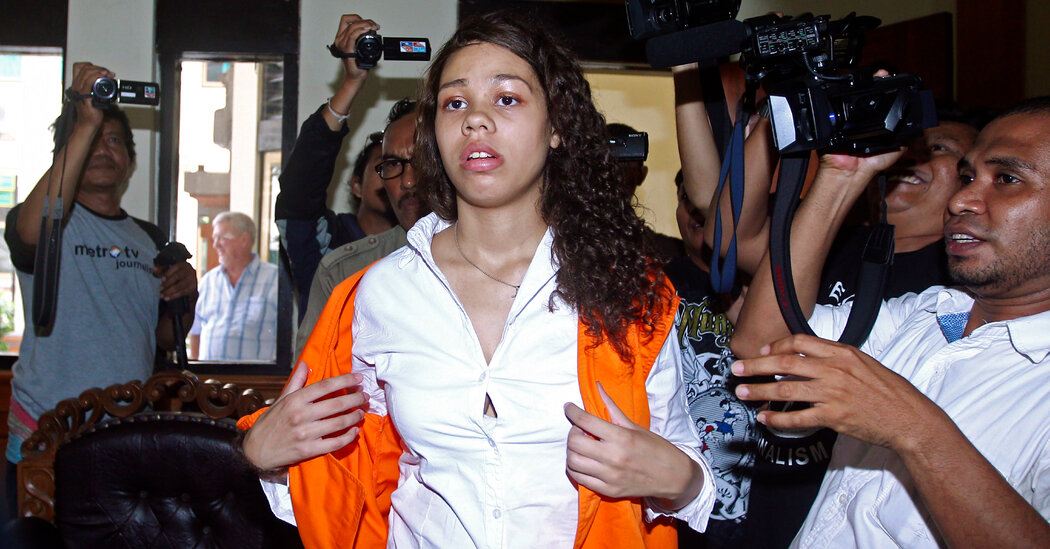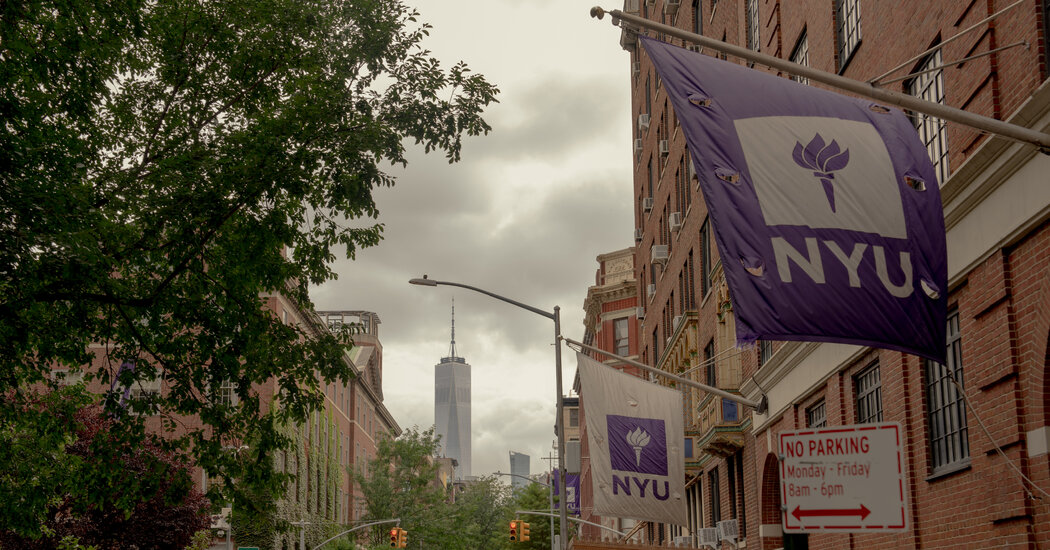How the Debates Trump and Biden Agreed to Break With Tradition
Presidential debates have been a staple of campaigns for decades, but the ones being scheduled between President Biden and former President Donald J. Trump are taking an unusual turn, with only two planned — neither of which is sanctioned by the group that has traditionally run the debates — and the first one set before either candidate has officially been nominated.
No general-election debate has ever been held earlier than Sept. 21, nearly three months later than the June 27 date proposed for the first one this year, according to historical records kept by the Commission on Presidential Debates. And no debate season has ever concluded before Oct. 13, about a month later than the Sept. 10 date proposed for the second one this year.
That is just one way in which the 2024 debates are likely to stand out. Mr. Biden is asking for news organizations to host them, rather than the commission, which has organized the debates for every presidential election since 1988. And their format could differ, too, given that Mr. Biden has asked that there not be a live audience. (Mr. Trump agrees on jettisoning the commission but disagrees on the live audience.)
The debate tradition itself is, in the scope of U.S. history, pretty modern.
The first televised general-election debates were held in 1960, but they would not be repeated for 16 years. The tradition that now exists — with debates conducted every four years and a refusal to participate constituting a breach of norms — dates back less than 50 years, to 1976.
The inaugural 1960 debates are remembered for how unprepared Richard M. Nixon, the Republican candidate, was for the bright lights of live television. During the first of four events that year, on Sept. 26, the studio lights at WBBM-TV in Chicago made Nixon sweat, illuminated his apparently unshaven face and made him look generally unappealing in contrast to John F. Kennedy, the Democratic candidate who went on to win the White House.
For more than a decade after that, 1960 was an anomaly — nobody seemed eager to undergo Nixon’s experience. There were no debates in 1964, 1968 or 1972.
Then, in 1976, President Gerald Ford agreed to debate Jimmy Carter. It did not turn out well for him, either.
Ford was already struggling in the polls when he showed up on the debate stage and claimed, “There is no Soviet domination of Eastern Europe, and there never will be under a Ford administration.” He stood by that assertion even after a moderator, Max Frankel of The New York Times, asked incredulously if he was really denying the Soviet Union’s domination of countries like Poland and Romania.
Nonetheless, the tradition now stuck. The League of Women Voters hosted debates in 1976, 1980 and 1984. Duties were then turned over in 1988 to the Commission on Presidential Debates.
While Kennedy versus Nixon in 1960 was the first face-to-face general-election debate, some events, formatted differently, were held earlier.
In 1956, Adlai Stevenson and Estes Kefauver participated in a televised debate during the Democratic primary, but there was no general-election debate between Stevenson, the party’s nominee, and President Dwight D. Eisenhower. Surrogates for the candidates did, however, hold one: Senator Margaret Chase Smith, Republican of Maine, debated on behalf of Eisenhower, and the former first lady Eleanor Roosevelt on behalf of Stevenson.
In 1952, the League of Women Voters hosted a televised debate for all candidates in both parties, not just the nominees.
In 1948, Thomas Dewey and Harold Stassen debated each other on the radio in the Republican primary. But Dewey did not debate — or defeat — President Harry S. Truman in the general election.
And, of course, there were the 1858 Lincoln-Douglas debates — but while those are commonly remembered in association with Lincoln’s presidency, they were part of his campaign for the Senate.


